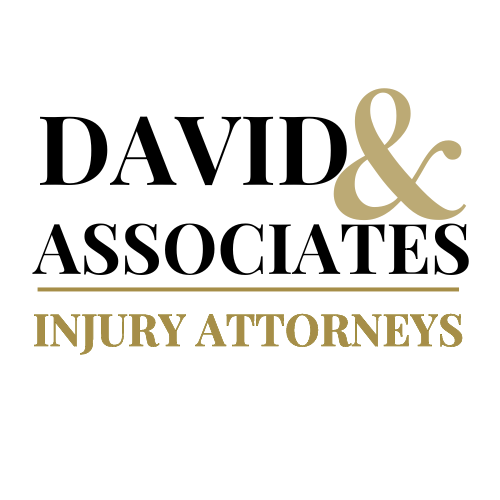
Your Guide to Legal Assistance After a Car Accident in Wilmington, NC
Immediate Actions Post-Accident: Immediately following an accident in Wilmington, it’s important to contact the local authorities and get a documented accident report. For incidents ranging from minor car accidents to traffic accidents in Wilmington, NC, this report could be pivotal.

